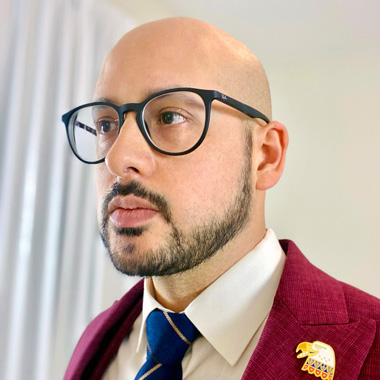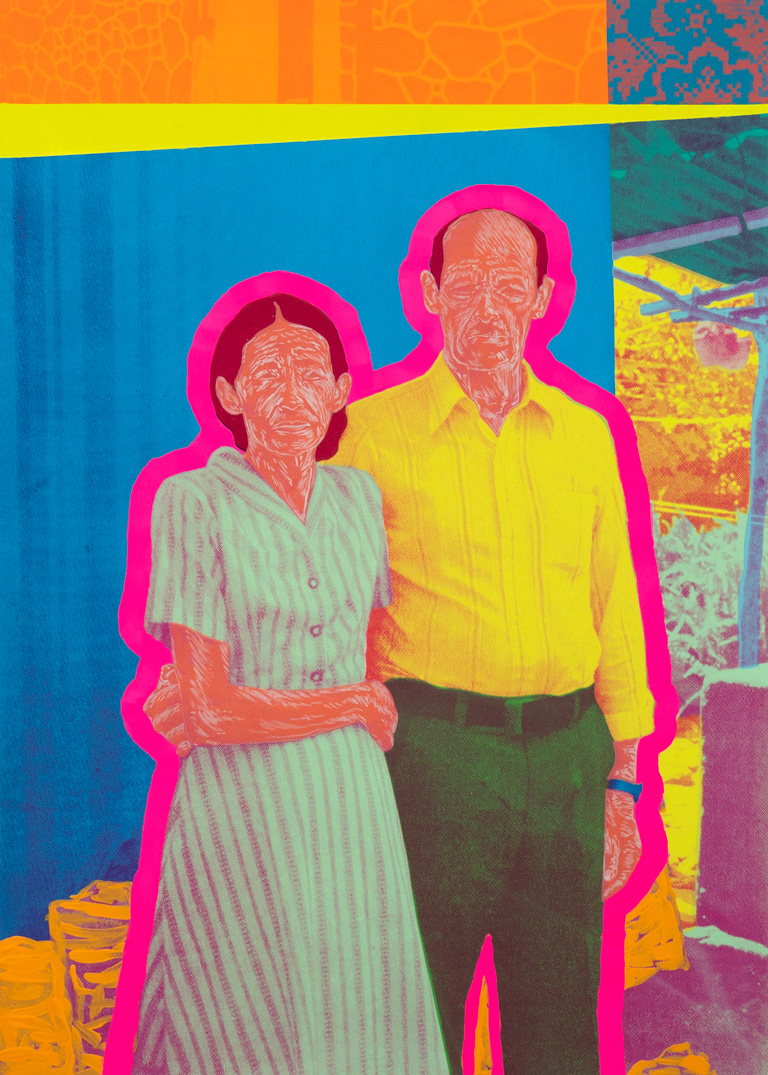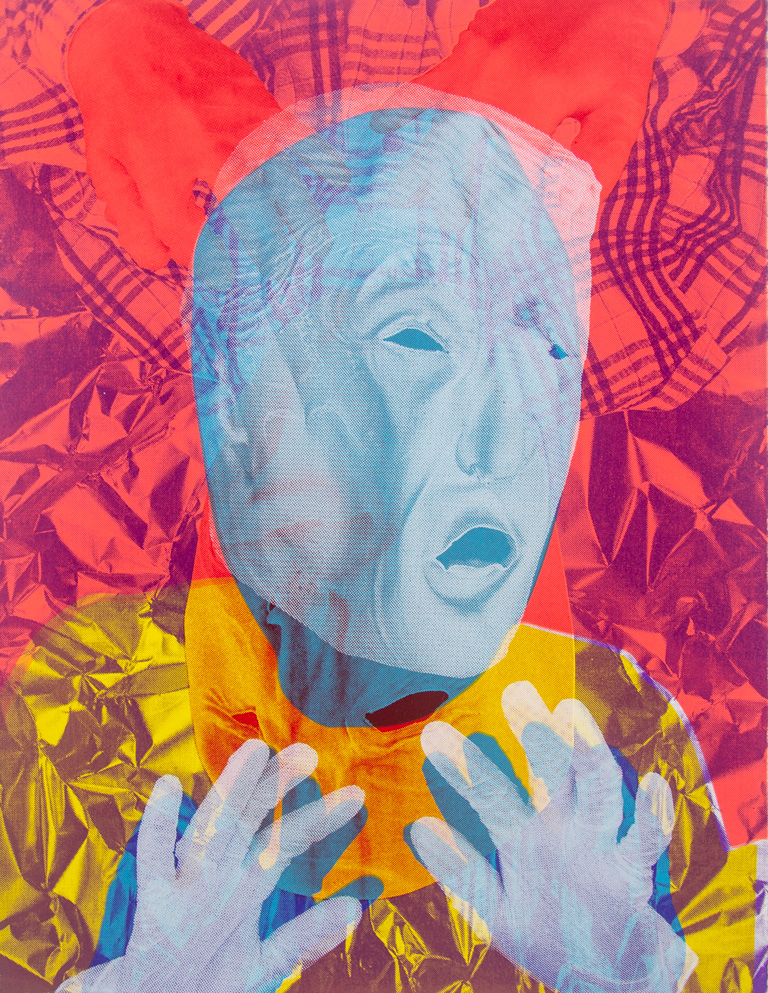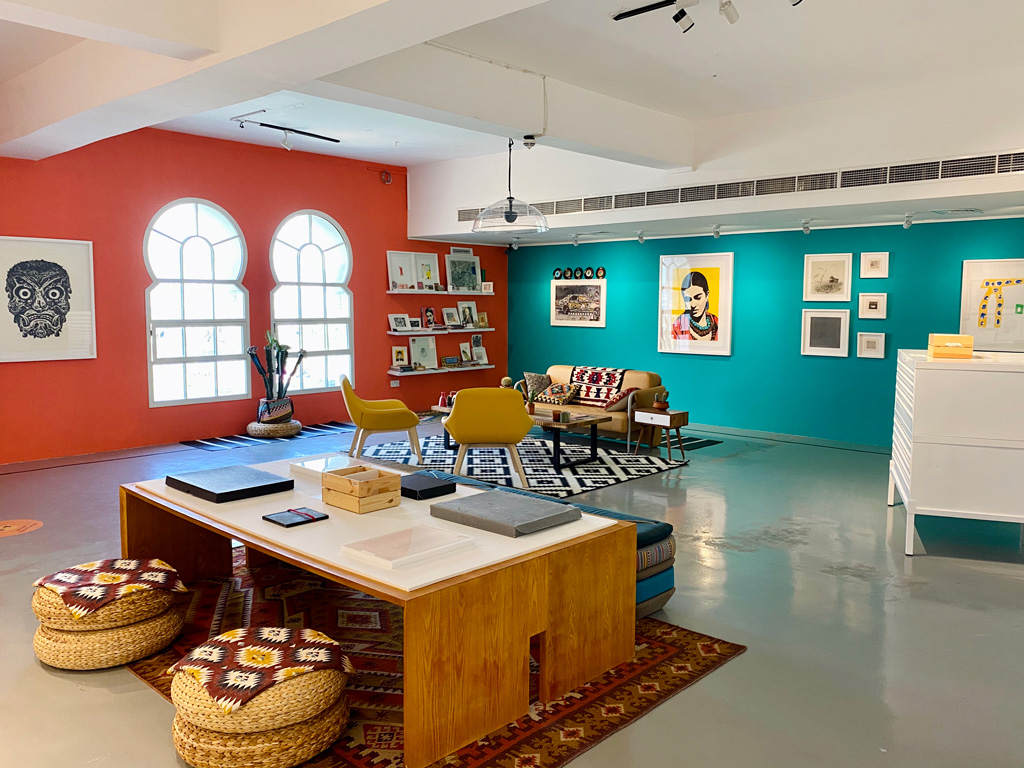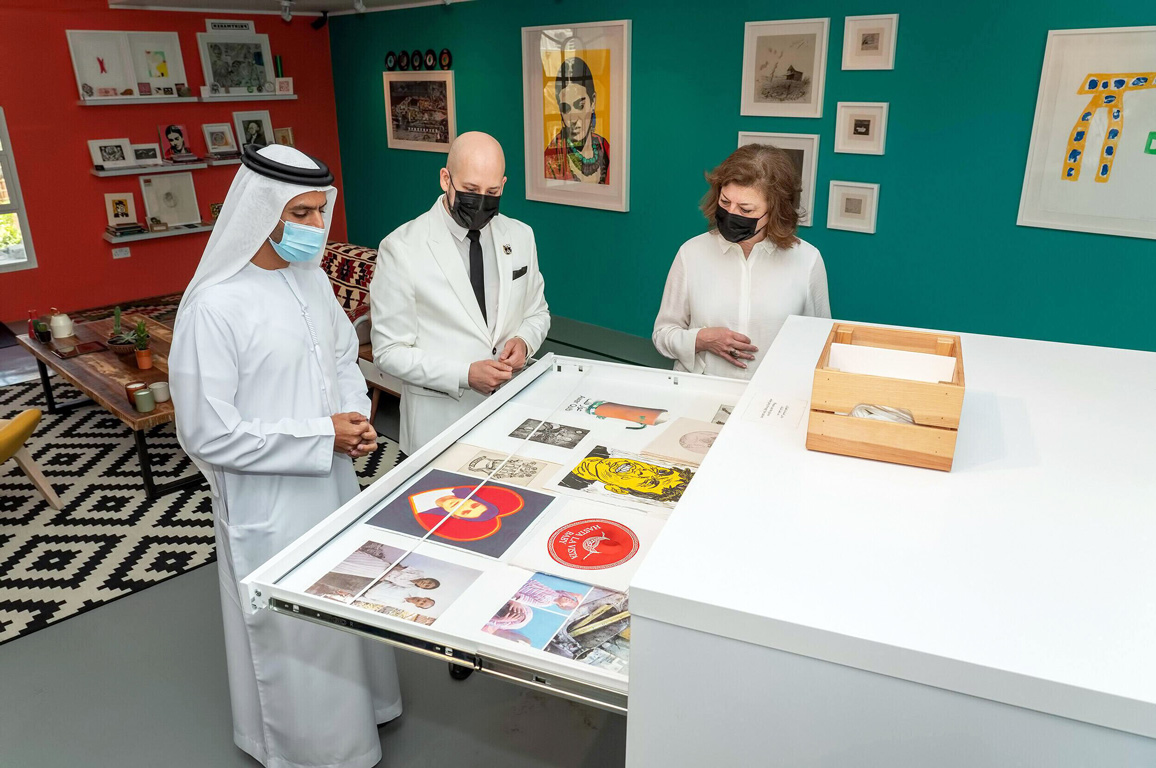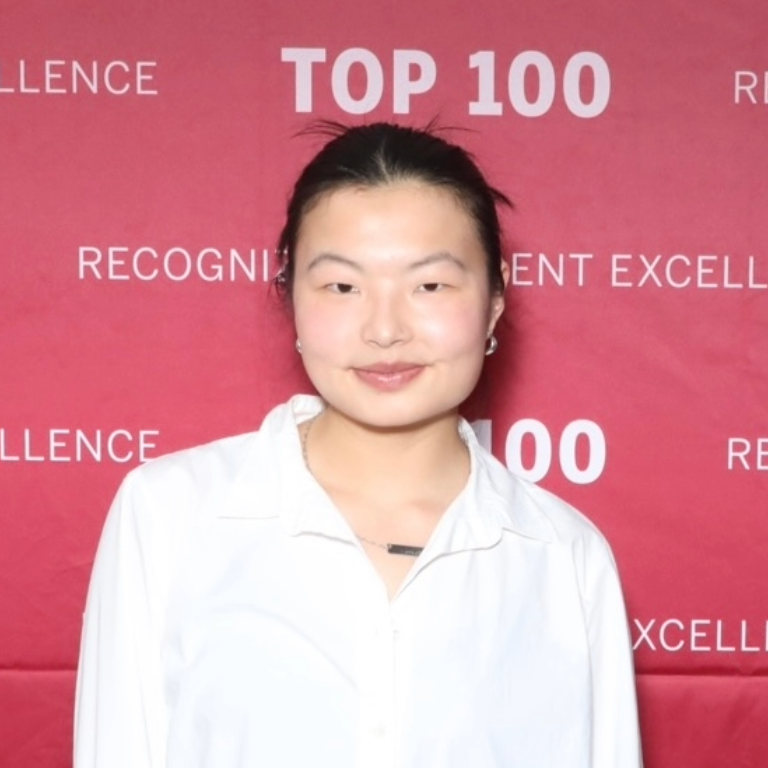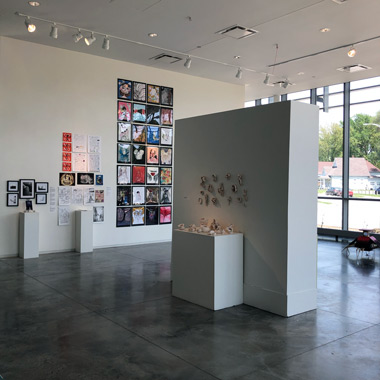Born in Santa Monica, California, to parents of Mexican and Honduran heritage, Brian Gonzales is a visual artist and printmaker passionate about collecting fine art prints and printed ephemera. He has pushed the medium of printmaking with polyester plate lithography and alternative ink technology. His work is featured in the book "PUSH Print: 30+ Artists Explore the Boundaries of Printmaking" (2012).
Gonzales's journey into printmaking began during his undergraduate studies at East Carolina University in Greenville, North Carolina. After completing his B.F.A. in 2008, he went on to earn an M.F.A. at the Herron School of Art and Design. After graduation, he worked as a research fellow at Supergraphic and Super G Print Lab in Durham, North Carolina. Since 2016, he has taught art at the college level in the United Arab Emirates.
We recently emailed Gonzales to learn more about where he's at in his career, and he discussed his graduate experience, as well as his creative process and inspiration.
HERRON: Printmaking is a very process-driven artform. How did you come to choose printmaking as your medium of choice?
BRIAN GONZALES: I was introduced to printmaking as an undergraduate student at East Carolina University (ECU). In my sophomore year, I took an introductory survey course in printmaking. The first project was a woodcut. I remember being totally immersed in carving the block and knew right away that this was the kind of artist I wanted to be. It just felt right. Having an excellent teacher was also an important factor. I feel fortunate to have learned printmaking under Michael Ehlbeck at ECU.
HERRON: Tell us about your creative process. What motivates you to create works on paper, and how does this influence your teaching of printmaking to undergraduate students?
GONZALES: I don't need much motivation to create. The motivation is always there. Finding uninterrupted time to dedicate to a project is the more difficult part.
I use my technical demonstrations in class as an opportunity to explore an idea or technical possibility for a larger project. It's important that students see more than just the step-by-step technical methods in a demo. They need to see an actual artwork go from concept to completion.
I start demos with an idea and preliminary drawing, then move it through the printmaking process to arrive at something that looks like a finished work of art. So, if I'm busy with teaching or other responsibilities, I finish a small project in each demo that moves me closer to the big project even when it's difficult to commit time to my studio work.


